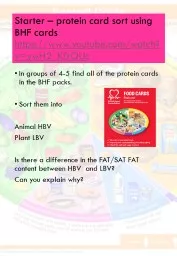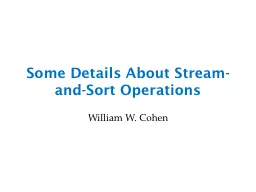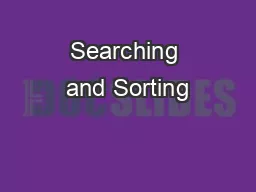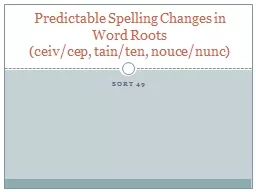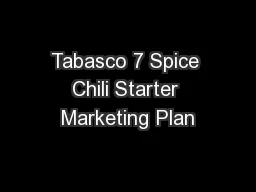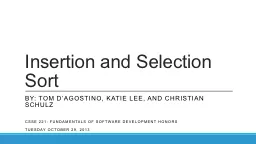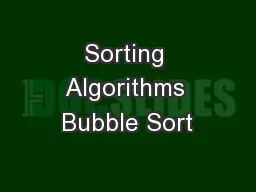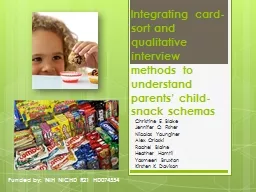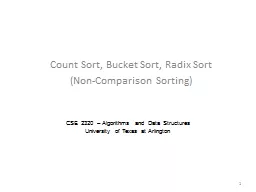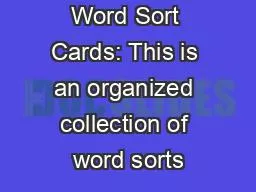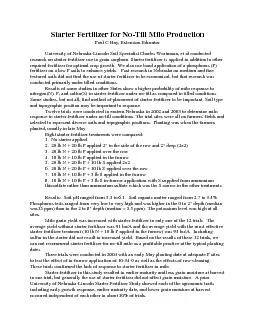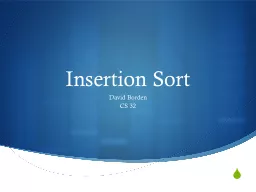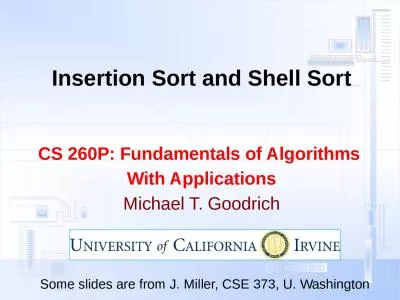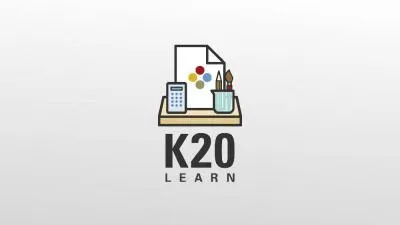PPT-Starter – protein card sort using BHF
Author : mindeeli | Published Date : 2020-08-28
cards https wwwyoutubecomwatchvywH2KfrOUc In groups of 45 find all of the protein cards in the BHF packs Sort them into Animal HBV Plant LBV Is there a difference
Presentation Embed Code
Download Presentation
Download Presentation The PPT/PDF document "Starter – protein card sort using BHF" is the property of its rightful owner. Permission is granted to download and print the materials on this website for personal, non-commercial use only, and to display it on your personal computer provided you do not modify the materials and that you retain all copyright notices contained in the materials. By downloading content from our website, you accept the terms of this agreement.
Starter – protein card sort using BHF: Transcript
Download Rules Of Document
"Starter – protein card sort using BHF"The content belongs to its owner. You may download and print it for personal use, without modification, and keep all copyright notices. By downloading, you agree to these terms.
Related Documents

